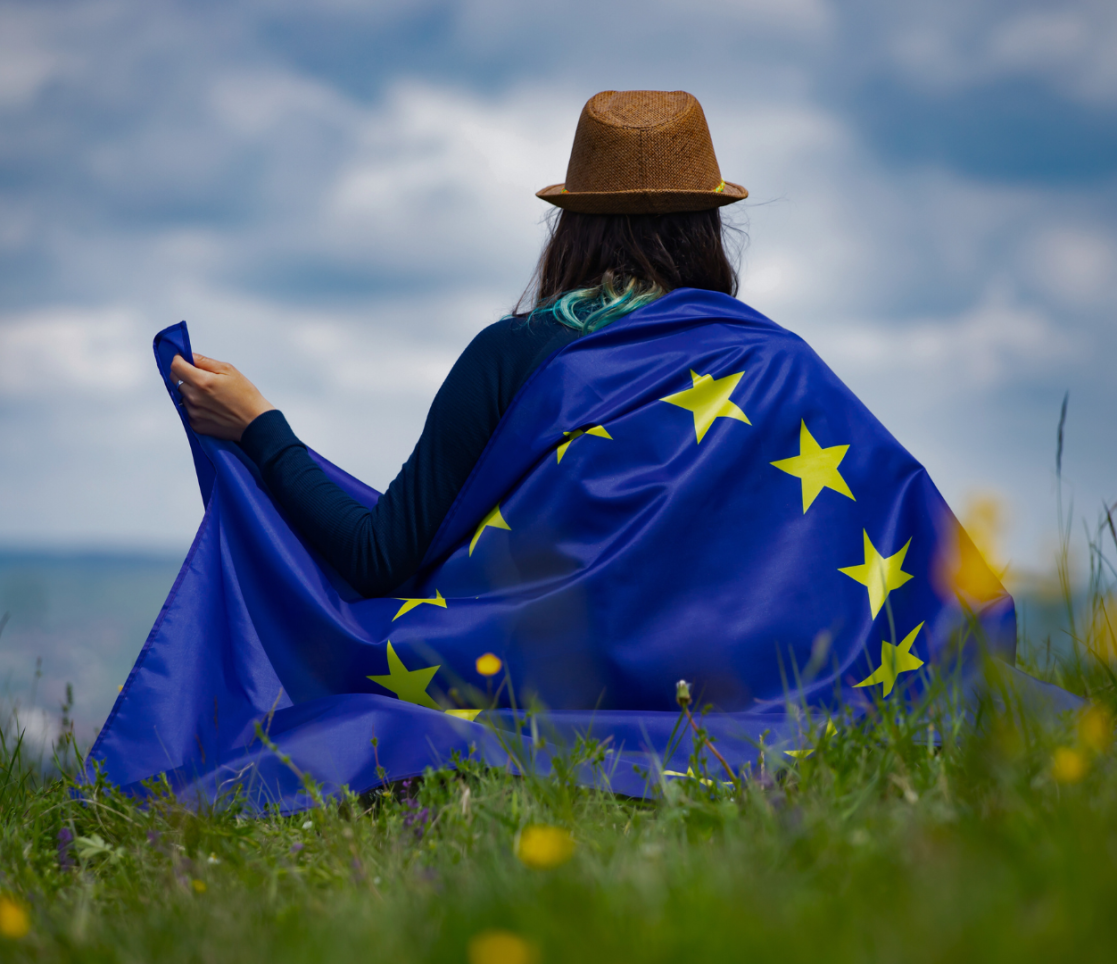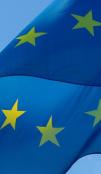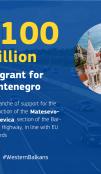Union of Freedom, Union of Equality, Union of Diversity, the European Union at the Palm of Your Hand

Since its creation in 1957, The EU has grown from six to 27 countries. These countries, whose total area encompasses almost the entire European continent, joined forces to build a better European future.
With its 4,233,255 square kilometres, the EU encompasses diverse landscapes, from Scandinavian fjords to Mediterranean beaches, and from Alpine peaks to the fertile plains of Central Europe. Together, the member countries make the European Union a place that unites some of the most dynamic and diverse regions in the world.

UE en Panamá
Did you know that the EU has nine regions which are located far from the European continent?
These overseas territories (also known as ‘outermost regions’) are: French Guiana, Guadeloupe, Martinique, Mayotte, Réunion and Saint Martin (France), the Azores and Madeira (Portugal) and the Canary Islands (Spain).
How was the European Union formed?
It all began with the dream and vision of Robert Schuman of a united Europe. In cooperation with Jean Monnet, he drew up the internationally renowned Schuman Plan which was published on 9 May 1950.
This plan was the initial document, whose signing marked the first steps of cooperation among European countries.
“Europe will not be made all at once, or according to a single plan. It will be built through concrete achievements which first create a de facto solidarity.” − Robert Schuman
9 May 1950, the date the Schuman Plan was published, is now regarded as the European Union’s birthday, celebrated each year as Europe Day.
The European Union is a unique home to around 447 million people, which is around 6% of the world’s population.
The countries that make up the EU (its ‘member states’) remain independent sovereign nations but they pool their sovereignty in order to gain strength and world influence which none of them could have achieved on their own.

Copyright: Pixabay USA-Reiseblogger
In practice, pooling sovereignty means that the member states delegate some of their decision-making powers to shared institutions they have created, so that decisions on specific matters of joint interest can be made democratically at the European level.
The EU´s decision-making process in general and the co-decision procedure in particular involves three main institutions: The European Parliament (EP), the Council of the European Union, and the European Commission.
Have you ever heard the phrase United in diversity?
It’s the EU’s motto, encapsulating what the EU’s values are all about. While each EU country has its own culture, language, and traditions, they all share the same common values which they must comply with as members of the European Union.
One fundamental value that unites all EU countries is democracy. This means that only democratic countries can be members of the EU. Other values that are common to all EU countries are respect for human dignity, freedom, equality, the rule of law and respect for human rights, including the rights of people belonging to minority groups.
The European way of life is inclusive, which means no one should be left out. Everyone living in the EU should have the opportunity to thrive, participate, and lead, regardless of differences based on sex, racial or ethnic origin, religion or belief, disability, age or sexual orientation.
The European Union has 24 official languages.
Why so many?
The EU would not exist without its Member States and its people. As a democratic organisation, the EU has to communicate with the governments of the Member States and their inhabitants, companies, and public bodies in their own languages. Everyone living in the EU has the right to know what is being done in their name and with their taxes, and what rules they have to follow. They should also be able to participate in EU affairs without first having to learn another language.
Copyright: Pixabay MAKY_OREL
Did you know you can write to the EU institutions in any of the EU’s 24 official languages and you will receive a reply in that language?
Citizens of the European Union love to travel, respect, protect the environment, enjoy long walks, cycling, and coffee. Statistics show that Europeans consume more coffee than any other continent in the world. At the top of the coffee consumption list of the European Union are the Netherlands, Finland, and Sweden, where the average citizen drinks over eight kilograms of coffee annually. This coffee-drinking tradition is deeply rooted in the culture of many European countries, from Italian espresso to the Swedish "fika" break.
To honour this tradition, Europe House will organise the event "Coffee with the Ambassador of the European Union to Montenegro" on 22 July at 6 PM. During this event, we will talk with the Ambassador of the European Union to Montenegro, Oana Cristina Popa.

Copyright: Evropska kuća
After our chat over coffee, a mini tennis tournament will await you in the courtyard, where guests will have the opportunity to play a match with the Ambassador on the newly set-up tennis court.
Come and enjoy a cup of top-quality European coffee, conversation, and tennis.





